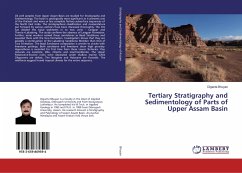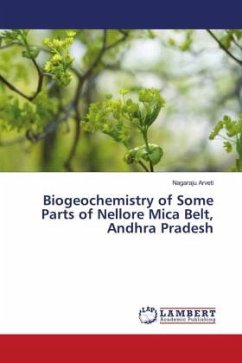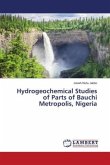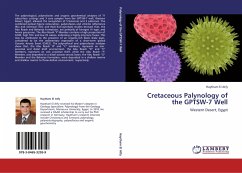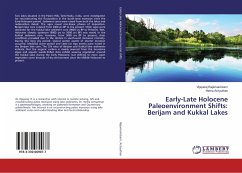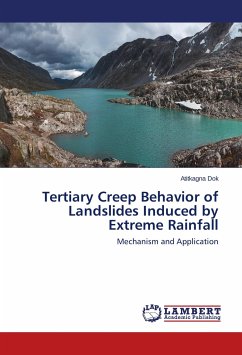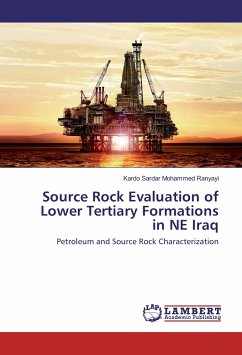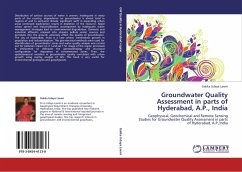Oil well samples from Upper Assam Basin are studied for Stratigraphy and Sedimentology. The basin is geologically most significant as it presents one of the thickest and more or less complete Tertiary subsurface sequences of the North East India. The stratigraphical classification and nomenclature put forward by various authors have been discussed thoroughly. The OIL has divided the basal sediments in to two units - Langpar and Therria+Lakadong. The study confirms the absence of Langpar Formation. Further, some workers named these sandstones as Basal Sandstone and equated them with the Tura Formation. Investigation shows that they are possibly a continuation of the Lakadong Sandstone Member than that of Tura Formation. The Basal Sandstone composition is arenite to wacke with limestone partings. Both sandstone and limestone show high porosity. Hypersthene is recorded for first time from these Lower Tertiaries. Clay minerals are kaolinite, illite, chlorite and montmorillonite. The Upper Palaeocene-Eocene rocks were deposited under shallow marine while Oligocenes are deltaic. The Neogene and Holocene are fluviatile. The miofloras suggest humid tropical climate for the entire sequence.
Hinweis: Dieser Artikel kann nur an eine deutsche Lieferadresse ausgeliefert werden.
Hinweis: Dieser Artikel kann nur an eine deutsche Lieferadresse ausgeliefert werden.

